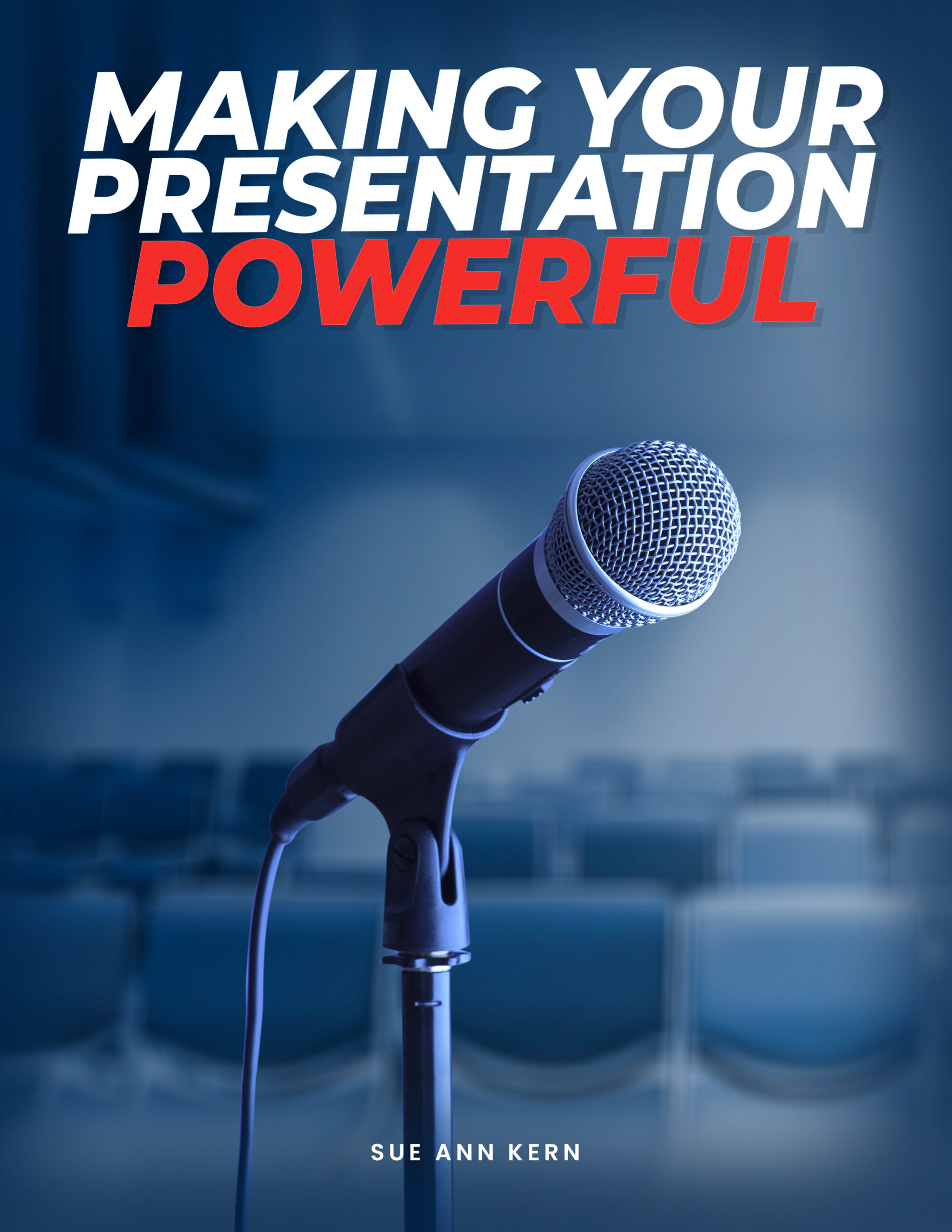Disfluency: impairment of the ability to produce smooth, fluent speech. An interruption in the smooth flow of speech, as by a pause or the repetition of a word or syllable.
A key part of becoming a good public speaker is learning to avoid filler words, sounds, and phrases, which produce disfluency in your speech. Filler words and sounds are the weak points for many public speakers: it can be hard to notice when you’re relying on them, but it will be extremely apparent to your audience! And, as you’ll come to see in this post, overreliance on fillers can completely undermine your speech!
Common filler words, sounds, and phrases:
- Well, You see, You know, Anyway, And so
- Um, Uh, Hmm, Like, Err…
- Okay, Right, So yeah
- I think, Literally, Or something
- Double-Clutch (I – I, Um-uh, like a stutter)
Why avoid fillers?
Filler words and phrases aren’t just unappealing – they affect your ability to make your point!
Mortar Research performed a study with 2000 people. The research participants listened to two speeches about Brexit. One speech had no fillers but was full of misinformation. The other speech contained accurate information but was full of fillers.
57% of listeners thought the misinformative speaker was well-educated. Only 36% thought the same of the truthful speaker. The factually incorrect speaker also was rated to have better people skills, be more intelligent, and was even seen as more attractive!
Filler words are not only distracting, but they also dilute the content of your speech and undermine your credibility. While filler words have no substance on their own, they can speak loudly to your audience – and the message they deliver is “should I listen to this person?”
When someone is excessively using fillers, the audience may start to suspect the speaker is:
- Unprepared
- Unenthusiastic
- Unconfident in their subject
- Less credible
- Less effective
- Unconvinced of their subject
- Untruthful
Training yourself to avoid fillers
You may be surprised by how many fillers creep into your speech when you’re not paying attention. The key is to bring these unconscious vocalizations to the forefront of your practice. Have a friend watch your speech. Every time they notice a filler word, tap a pen on the table or even ring a bell. The immediate feedback will help you train yourself to notice fillers as they slip into your speech. In lieu of immediate feedback, have them keep a tally and report after your speech (10 ums, 7 ahs, 4 you knows). Make sure to have them count and list each filler word to identify the particular words you should be on the lookout for.
Imagine yourself in a professional or formal setting, like delivering a presentation to your boss. Dress as if you were presenting to help create a professional aura.
If you’re practicing alone, try to bring fillers to the front of your mind. When you notice an “um” or a “like” or a “so basically,” throw a dollar in a jar and donate the money to a charity. or professor.
When giving your speech…
… slow yourself down! Take a breath if you need to. You might feel like your audience will notice a pause, but any pause will feel much longer to you than it will to your audience. Watch a TED talk on Youtube and notice how the speaker utilizes pauses. A pause tells the audience to listen up because something important is about to be said! The empty space gives the audience time to digest the information and can be used strategically to punctuate important points. “Um” and other fillers, well, fill that important space! They give the audience no break in between points and draw much more attention than a pause.
Having a well-organized speech will make it more difficult for fillers to creep into the empty space when you’re searching for what to say. If your points flow clearly from one to the next, you will find it easier to fill the empty space with substance!
And of course, practice practice practice!
